- Car
- Aston Martin
- Aston Martin Lagonda (5 offers)
Aston Martin Lagonda classic cars for sale
The Aston Martin Lagonda stands out with its dramatic wedge-shaped bodywork, advanced digital dashboard technology, and a powerful V8 engine. Produced between 1974 and 1990 in very limited numbers, these four-door luxury saloons combine distinctive British engineering with futuristic interior design and a focus on comfort.
Search results
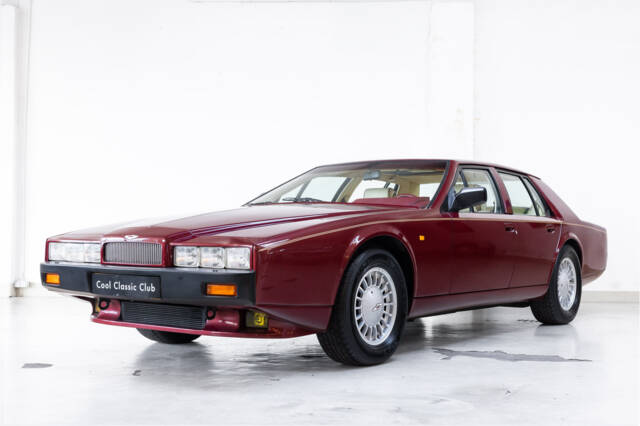
1992 | Aston Martin Lagonda
Lagonda - 1 of 72 LHD - Full Historie - Series 4
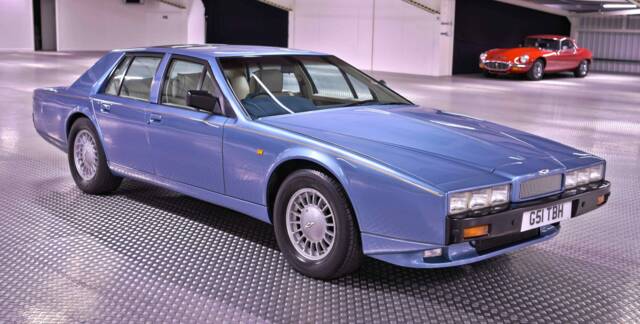
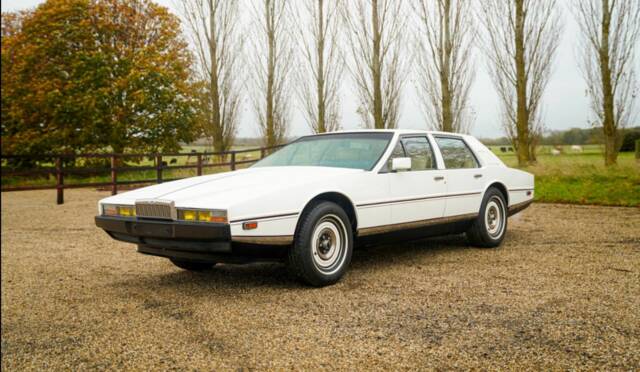
1982 | Aston Martin Lagonda
Aston Martin V8 Lagonda
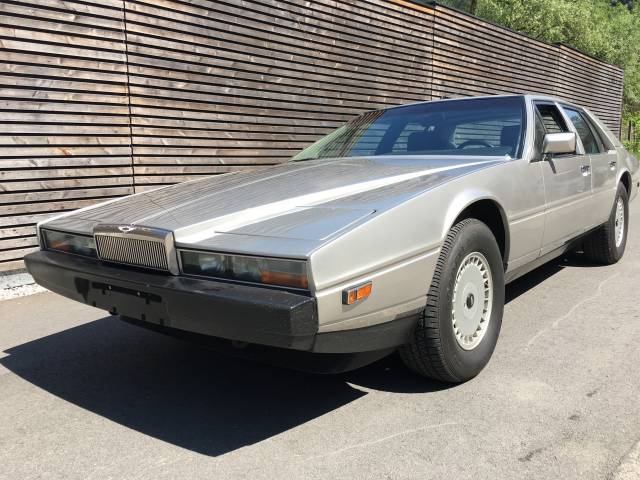
1986 | Aston Martin Lagonda
Series 3 partially restored
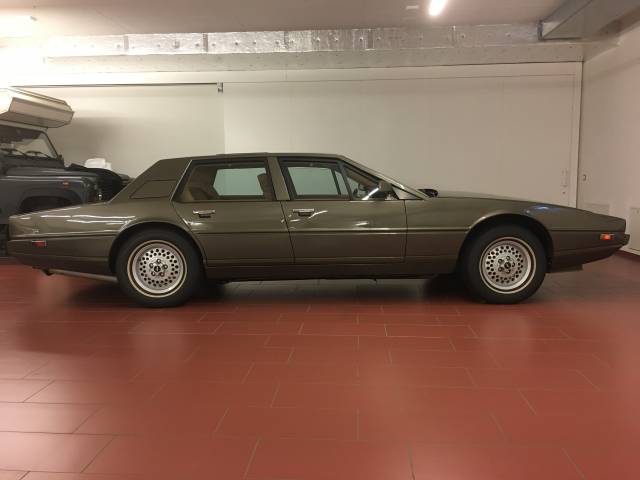
1982 | Aston Martin Lagonda
Series II, total restoration at AML
Aston Martin Lagonda listing references from Classic Trader
Below you will find listings related to your search that are no longer available on Classic Trader. Use this information to gain insight into availability, value trends, and current pricing for a "Aston Martin Lagonda" to make a more informed purchasing decision.

1979 | Aston Martin Lagonda
1979 Aston Martin Lagonda
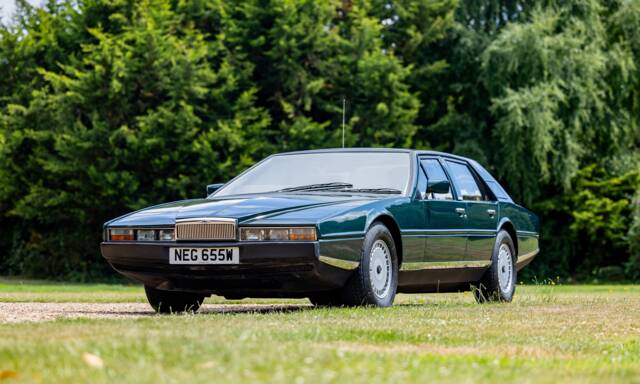
1981 | Aston Martin Lagonda
1981 Aston Martin Lagonda
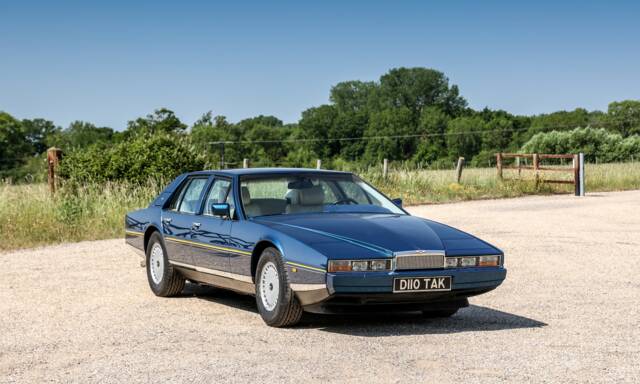
1987 | Aston Martin Lagonda
1987 Aston Martin Lagonda Series III
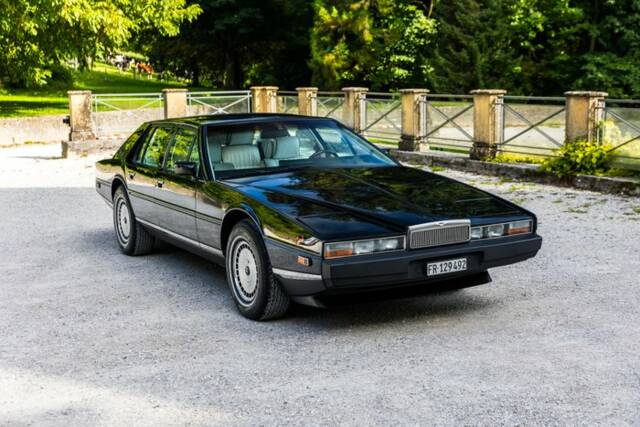
1985 | Aston Martin Lagonda
Aston Martin - Lagonda V8 - 1985

1985 | Aston Martin Lagonda
Concours Class-Winning Example - Excellent Condition Throughout

1984 | Aston Martin Lagonda
Aston Martin Lagonda Series 2 PRICE REDUCTION! This spectacular Series 2 Lagonda has covered just over 59000 miles from new, Finished in Radiant red over Tan leather interior, 4th owner, One of only 645 built, "It was the sensation of the 1976 London Motor Show"
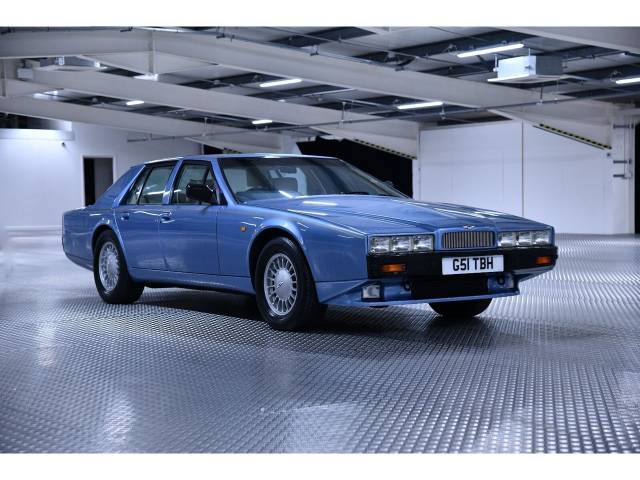
1989 | Aston Martin Lagonda
1989(G) Aston Martin V8 Lagonda
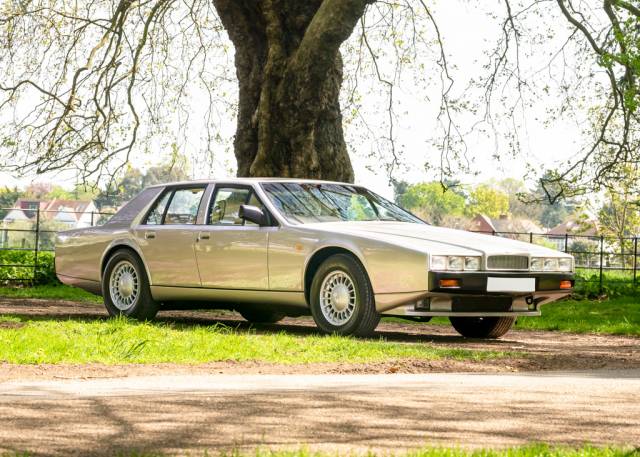
1988 | Aston Martin Lagonda
Aston Martin Lagonda Series IV
History of the Aston Martin Lagonda
Aston Martin, known primarily for bespoke two-door sports cars, introduced the Lagonda in the mid-1970s as a response to financial challenges, aiming to broaden its market. Named after the classic marque Aston Martin acquired in 1947, Lagonda models were designed as luxury four-door saloons, a departure from the brand’s usual lineup. The first series, based on the Aston Martin V8, debuted at the 1974 London Motor Show but saw minimal demand, with just seven units produced. The turning point arrived in 1976 with the unveiling of the remarkably angular, wedge-shaped Series 2 designed by William Towns. In its day, the Lagonda was one of the most exclusive and expensive saloons globally, also pioneering digital instrument panels and electronic controls. Production continued, in four distinct series, until January 1990, totalling 645 vehicles.
Model History: Series 1 to Series 4
The Series 1 Lagonda, little more than an extended Aston Martin V8, was a rare sight, with just seven vehicles built. In 1976, the Series 2 arrived with an entirely new, wedge-shaped design by William Towns, standing out for its futuristic lines and the debut of digital dashboards and touch controls. The Series 3, introduced in 1986, retained much of the design but gained fuel injection and improved interiors, while the final Series 4, built from 1987 to 1990, refined the shape and offered further cosmetic and technical changes. Unique variants were also produced, including stretched limousines and bespoke shooting brakes. The Lagonda name briefly returned as a four-door version of the Virage in the 1990s, and again as the ultra-high-end Lagonda Taraf in 2014.
Highlights and Notable Features
The Lagonda’s most striking feature is its radical wedge geometry, especially in the Series 2 and newer, along with a pioneering digital instrument cluster—unmatched in its era. Additional technical highlights include a robust 5.3-litre V8, rear-wheel drive, cutting-edge electronic management, and sumptuous leather interiors with advanced options. Lagonda saloons are rarely found on the market owing to total production of only 645 units (with 100 of those being Series 4).
Technical Data
Special Editions and Collectible Models
Truly rare Lagonda models include a two-door short wheelbase derived from the saloon—just two examples built—and the Trickford limousine, which offered supreme luxury and extended wheelbases. The Lagonda Shooting Brake conversion by Roos Engineering in Switzerland adds distinctive estate flexibility. Additionally, the Lagonda Virage from the 1990s and later Lagonda Taraf (2014) revived the spirit with ultra-limited production.
Weak Spots and Common Issues
While the wedge-shaped Lagonda impresses with technology, its complex early electronics—particularly in Series 2 and 3—can lead to reliability issues. Ageing digital dashboards, touch controls, and early computer systems have been noted for their susceptibility to faults and are expensive to restore. Routine checks are recommended for all electrical systems, and sourcing some parts may require persistence due to very limited production numbers.
Engine, Transmission and Handling
The Lagonda’s 5.3-litre V8 (DOHC, 16 valves) is paired with a 3-speed automatic or, in rare cases, a manual transmission. Power outputs ranged from 209–313 hp depending on the version and series. Maximum torque is typically 434 Nm, enabling a top speed up to 230 km/h. Despite its nearly 2.2-ton weight, the saloon delivers strong straight-line pace and compliant ride, thanks to well-tuned suspension. Handling remains competent but prioritises long-distance comfort and refinement over sharp manoeuvrability. - Series 2: Debuted the digital dashboard; most futuristic design.
- Series 3: Fuel injection, higher performance, improved reliability.
- Series 4: Modernised styling, rarest of the regular series with about 100 built.
Interior, Comfort, Exterior and Design
William Towns’ distinctive wedge silhouette sets the Lagonda apart, particularly in the Series 2–4. Paint finishes spanned understated metallic tones to more daring custom colours, often paired with luxurious tan, blue, or beige leather upholstery. The interior stands out for generous space, wood accents, advanced climate control, and a digital dashboard that projected driving data onto the windscreen (head-up display). Factory extras included sunroofs, cruise control, and premium audio. Accessories like BBS alloy wheels and tailored toolkits were commonplace, and each car reflected bespoke touches typical of British luxury handcraft.
Other Notable Features
Lagonda saloons frequently retain their original matching-numbers engines and are often documented with complete histories, manuals, and parts catalogues. Most examples were produced at Newport Pagnell, cementing their niche as genuine hand-built rarities. Despite their complexity, surviving cars are cherished for originality and offer a uniquely British interpretation of high-tech luxury motoring.
Summary
The Aston Martin Lagonda distinguishes itself through a combination of ambitious design, advanced electronics, and hand-built British luxury. Built in very small numbers, these exclusive saloons have a dedicated following, especially among enthusiasts who appreciate late-20th-century futuristic aesthetics and rare craftsmanship. Their market presence is strong relative to overall Aston Martin classics, underlining the sustained appeal of these unique vehicles amongst collectors and connoisseurs.




